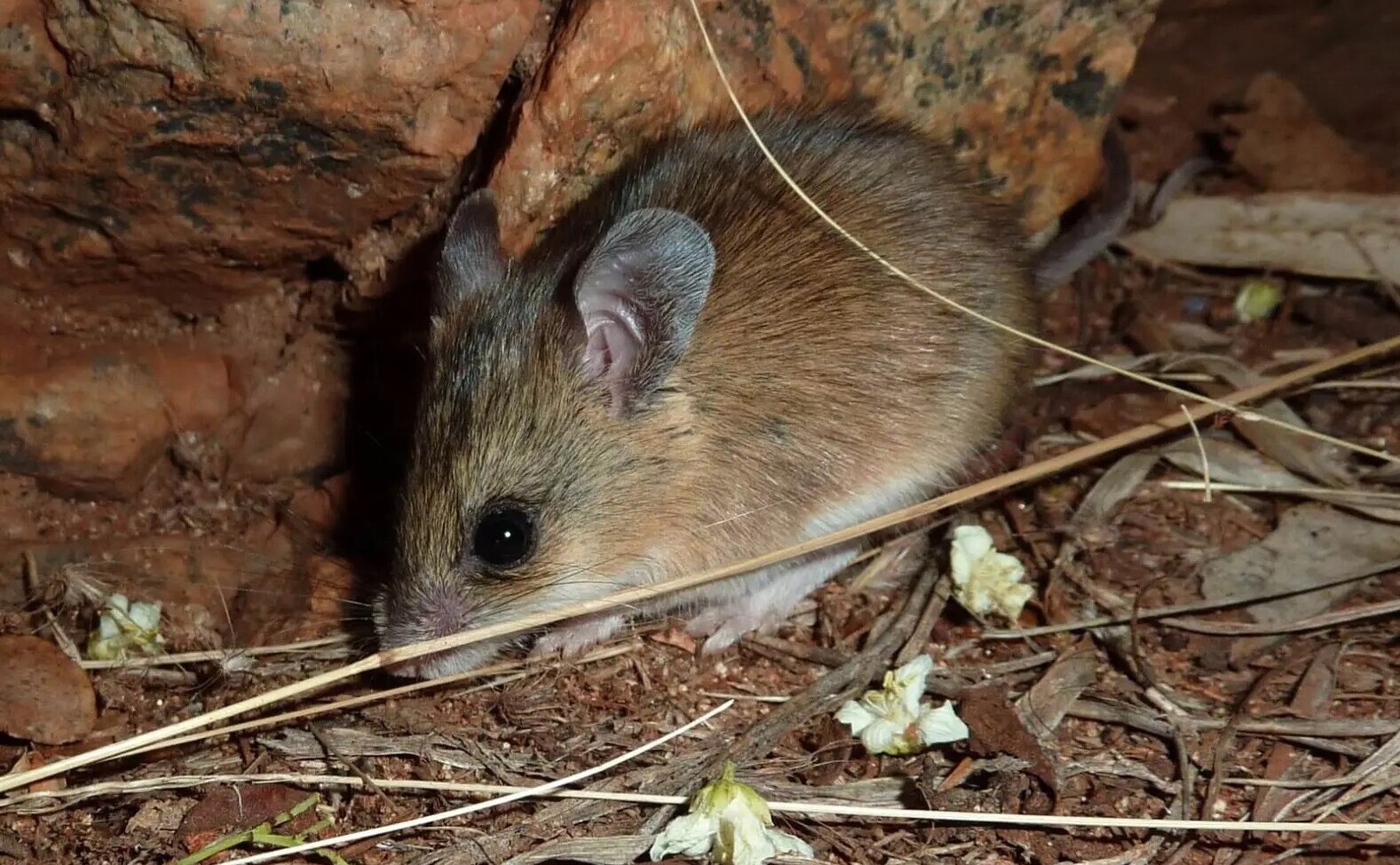News release
From:
Maintaining genetic diversity in an unpredictable environment
Some Australian desert mammals use distinct strategies to promote evolutionary fitness in response to changing environmental conditions over short timescales, according to a study. Populations of sandy inland mice (Pseudomys hermannsburgensis), which are rodents found in Australia, rise and fall dramatically after periods of heavy rainfall and drought, respectively. How the rodents maintain genetic diversity and viability despite “boom-bust” population cycles is not well understood. Scott Edwards and colleagues examined population size and genomic data obtained from 1,335 sandy inland mice and 568 lesser hairy-footed dunnarts (Sminthopsis youngsoni), a marsupial with overlapping range, in Australia’s Simpson Desert between 2006 and 2018. Over the 13-year study period, which included three boom-bust phases, the genetic diversity of the mice declined as their populations dwindled and became isolated during the bust periods. However, genetic diversity quickly rebounded as the populations came back together within the first month of the large rainfall event that marked the beginning of a boom period. The dunnarts maintained relatively stable population sizes and genetic diversity during the study period. Based on the genomic data, the authors estimate a long-term decline in the overall population sizes of both species, beginning around 3,000 years ago for the mice and around 200 years ago for the dunnarts. According to the authors, the results highlight the diversity and vulnerability of species’ responses to a changing climate, especially in the context of human activity.
Expert Reaction
These comments have been collated by the Science Media Centre to provide a variety of expert perspectives on this issue. Feel free to use these quotes in your stories. Views expressed are the personal opinions of the experts named. They do not represent the views of the SMC or any other organisation unless specifically stated.
Professor Glenda Wardle is from the School of Life and Environmental Sciences at the University of Sydney
Desert mammals in Australia have been found to employ distinct strategies to promote evolutionary fitness in response to changing environmental conditions over short timescales. Populations of sandy inland mice (Pseudomys hermannsburgensis) rise and fall dramatically after periods of heavy rainfall and drought, respectively. How this Australian rodent maintains genetic diversity and viability despite such “boom-bust” population cycles is not well understood. Scott Edwards and colleagues studied population size and genomic data obtained from 1,335 sandy inland mice and 568 lesser hairy-footed dunnarts (Sminthopsis youngsoni), a marsupial with overlapping range, in Australia’s Simpson Desert between 2006 and 2018. Over the 13-year study, which included three boom-bust phases, the genetic diversity of the mice declined as their populations dwindled and became isolated during the bust periods but quickly rebounded as the populations came back together within the first month of the large rainfall event that marked the beginning of a boom period. The dunnarts maintained more stable population sizes and genetic diversity during the study period. Based on the genomic data, the authors estimate a long-term decline in the overall population sizes of both species, beginning about 3,000 years ago for the mice and about 200 years ago for the dunnarts. According to the authors, these results highlight the diversity and vulnerability of species’ responses to a changing climate, especially in the context of human activity



 Australia; NSW; ACT
Australia; NSW; ACT



